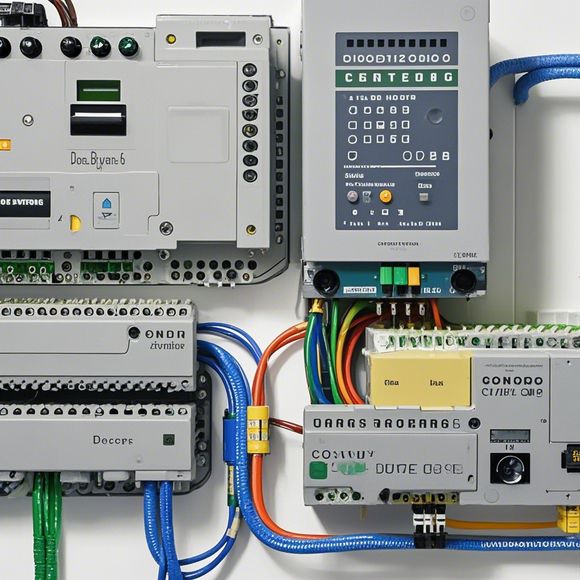Understanding Programmable Logic Controller (PLC) Basics
To begin with, a Programmable Logic Controller (PLC) is a digital computer system that's used for controlling industrial processes. It can be programmed to perform specific tasks such as monitoring and controlling machines, adjusting temperature or pressure, among others. The PLC is a versatile device because it can be customized to suit different industries and applications. To use it effectively, one needs to have a basic understanding of how it works.The first thing you need to do is to familiarize yourself with the basic components of a PLC. This includes the CPU, memory units, input modules, output modules, etc. Each of these components plays a crucial role in the operation of the PLC.Once you understand the basic components, you should also learn about the programming language used in the PLC. There are several languages available, including ladder diagrams, block diagrams, and function blocks. These languages help you write the instructions that will control the PLC.To make the most out of your PLC, you should also learn about safety measures and best practices. For example, it's important to ensure that all electrical connections are properly grounded and that all wiring follows the manufacturer's specifications.By taking these steps, you can start using the PLC effectively and efficiently. With proper understanding and practice, you can turn your PLC into an indispensable tool for managing complex industrial processes.
Introduction:

Hello! Today we're going to dive into the world of Programmable Logic Controllers, otherwise known as PLCs. These devices are crucial in many industrial processes and automation systems. They can control and monitor a wide range of functions, from simple switches to complex machine operations. So if you're an automotive engineer or a construction worker who wants to ensure your equipment is running smoothly, then you definitely need to know how to use a PLC.
What is a PLC?
A Programmable Logic Controller is a digital system that can perform a wide range of functions using logic circuitry. It's designed to be programmable so that you don't have to change the code every time something changes. This makes them very adaptable and efficient for many applications.
How do they work?
The basic idea behind a PLC is that it takes in input signals from sensors or other devices, processes them according to pre-defined rules, and outputs control commands. The inputs could include things like temperature, pressure, or motion sensors. The output might be a motor speed or a switch status.
The process starts with a programming phase. During this phase, you define the rules that will be used to interpret inputs and decide on the appropriate actions to take. This can involve setting thresholds for certain conditions, creating loops or sequences, or even implementing algorithms. Once these rules are set, the PLC goes into operation.

What are some examples of uses for PLCs?
1、Industrial Automation: PLCs are widely used in manufacturing plants to automate production lines, monitor equipment, and maintain machinery.
2、Healthcare: In hospitals, they can be used to manage patient care, monitor medical equipment, and control ventilators.
3、Agriculture: They are used in farm machinery to monitor soil moisture levels, adjust irrigation systems, and control harvesting machines.
4、Manufacturing: In factories, they can be used for controlling conveyor belts, robotic arms, and assembly lines.
What are some benefits of using PLCs?

One of the biggest advantages of PLCs is their flexibility. You can easily add new features or modify existing ones without having to replace the entire system. Another benefit is the accuracy they provide. With precise control over inputs and outputs, they can help reduce errors and improve overall efficiency. Finally, they're also cost-effective. While they may initially cost more than traditional mechanical controls, the long-term savings in maintenance, downtime, and energy consumption make them a worthwhile investment.
Conclusion:
Now that you know what a Programmable Logic Controller is and how they work, it's clear why they're so important in modern industrial environments. If you're considering integrating PLCs into your projects, make sure you understand the principles and capabilities of these powerful tools. With proper planning and expertise, you can ensure your operations run smoothly and efficiently.
Content expansion reading:
Articles related to the knowledge points of this article:
How to Use a PLC Controller for Your Business
Connecting a PLC Controller to Your Computer
PLC Controllers: A Comprehensive Guide to Understanding Their Prices
What is a Programmable Logic Controller (PLC)
PLC Controller Advantages: A Comprehensive Guide for Success in Global Trade
Mastering the Art of PLC Control: Unlocking Industry-Grade Automation Powerhouses